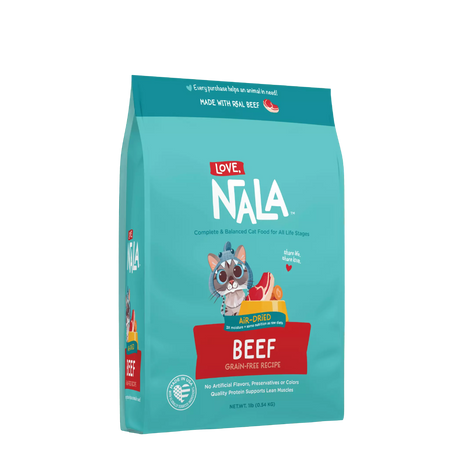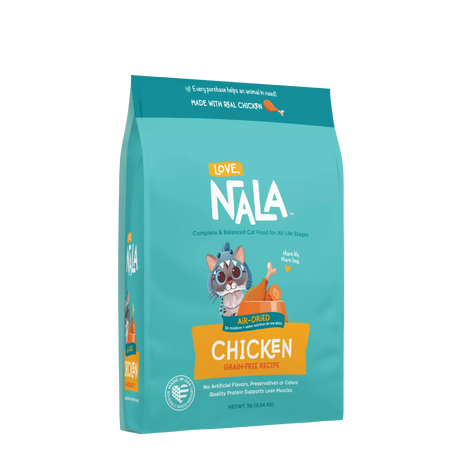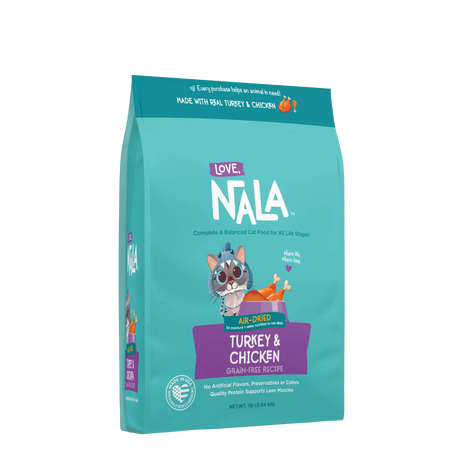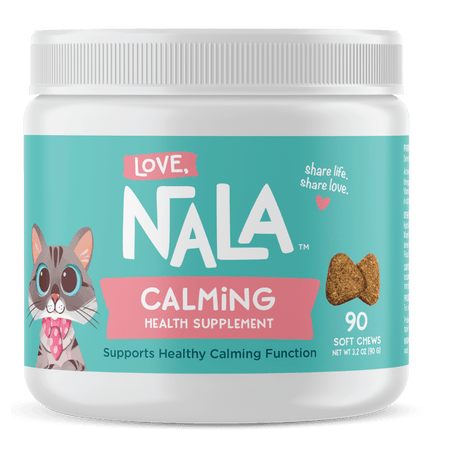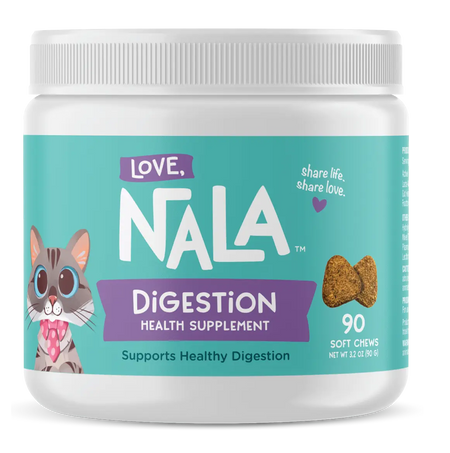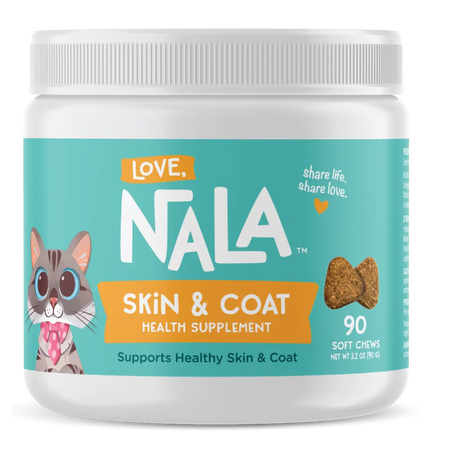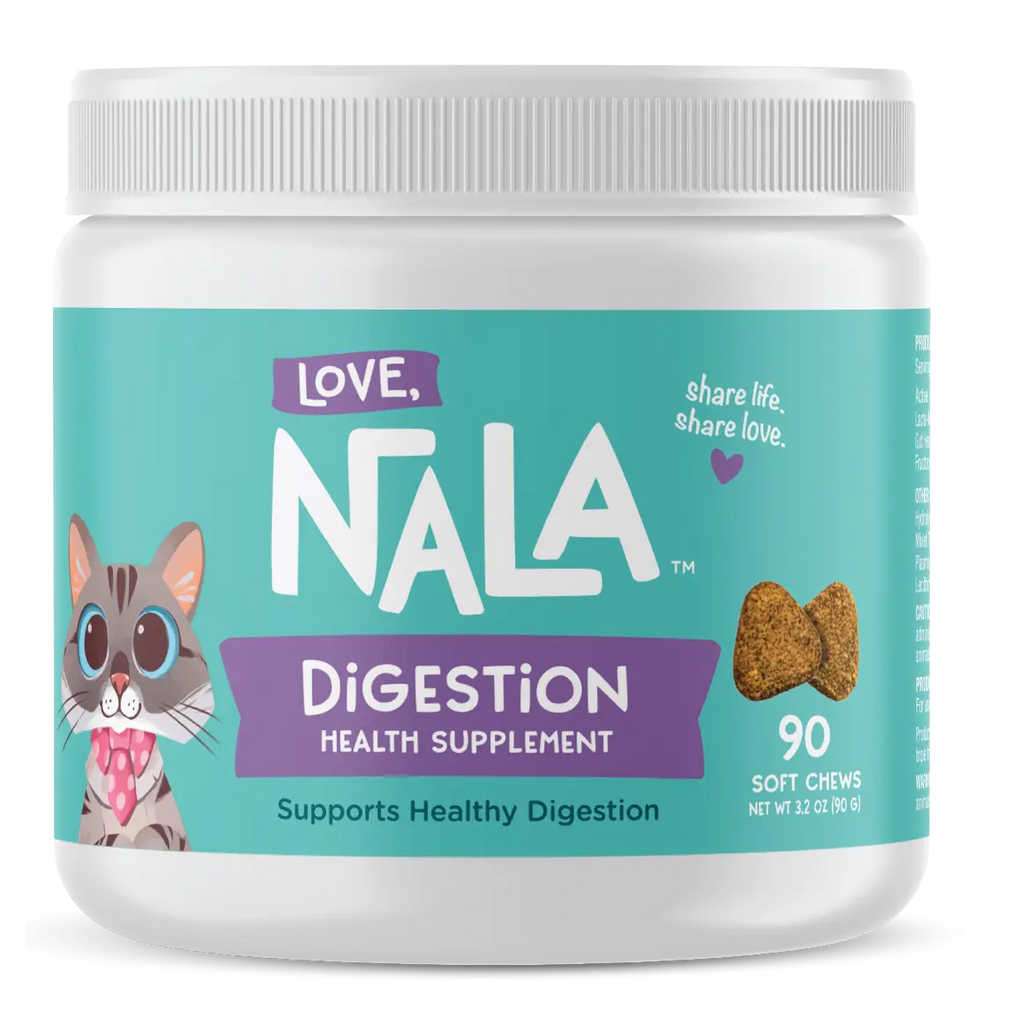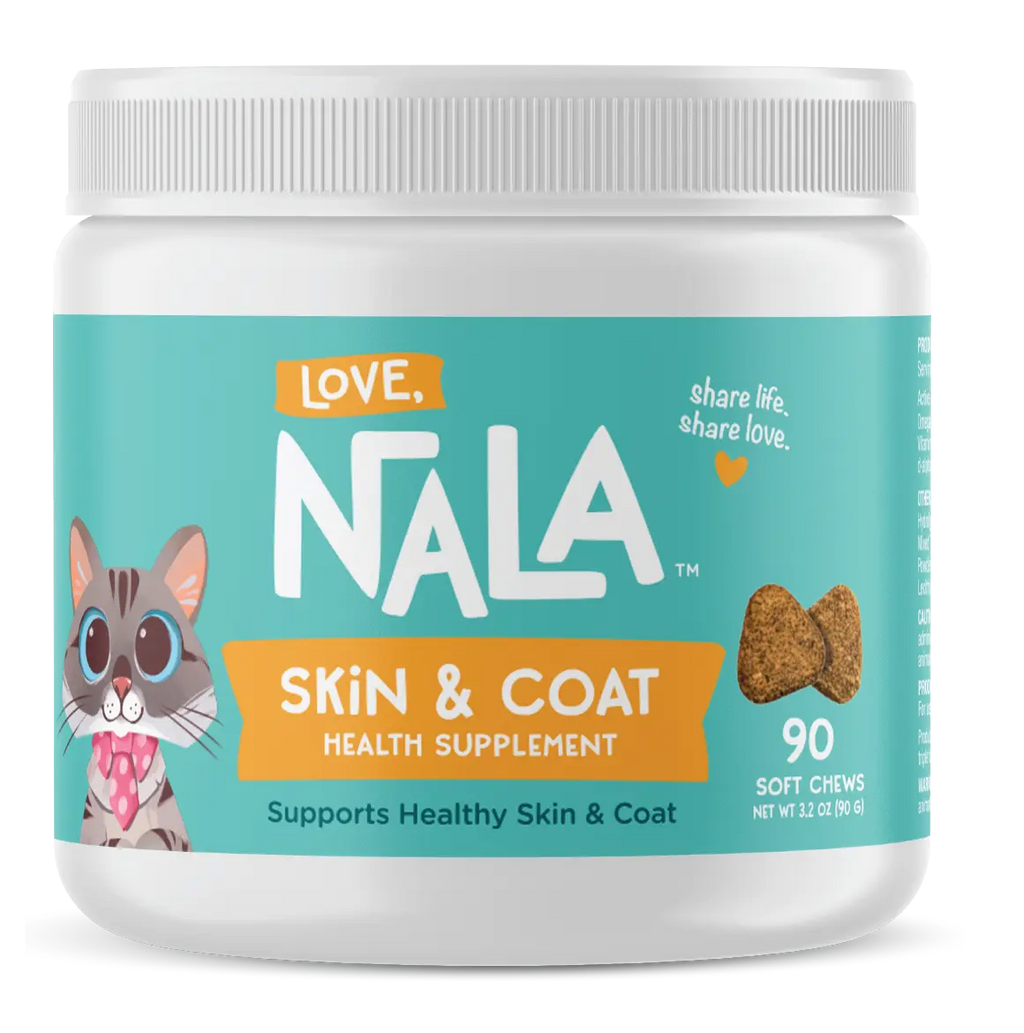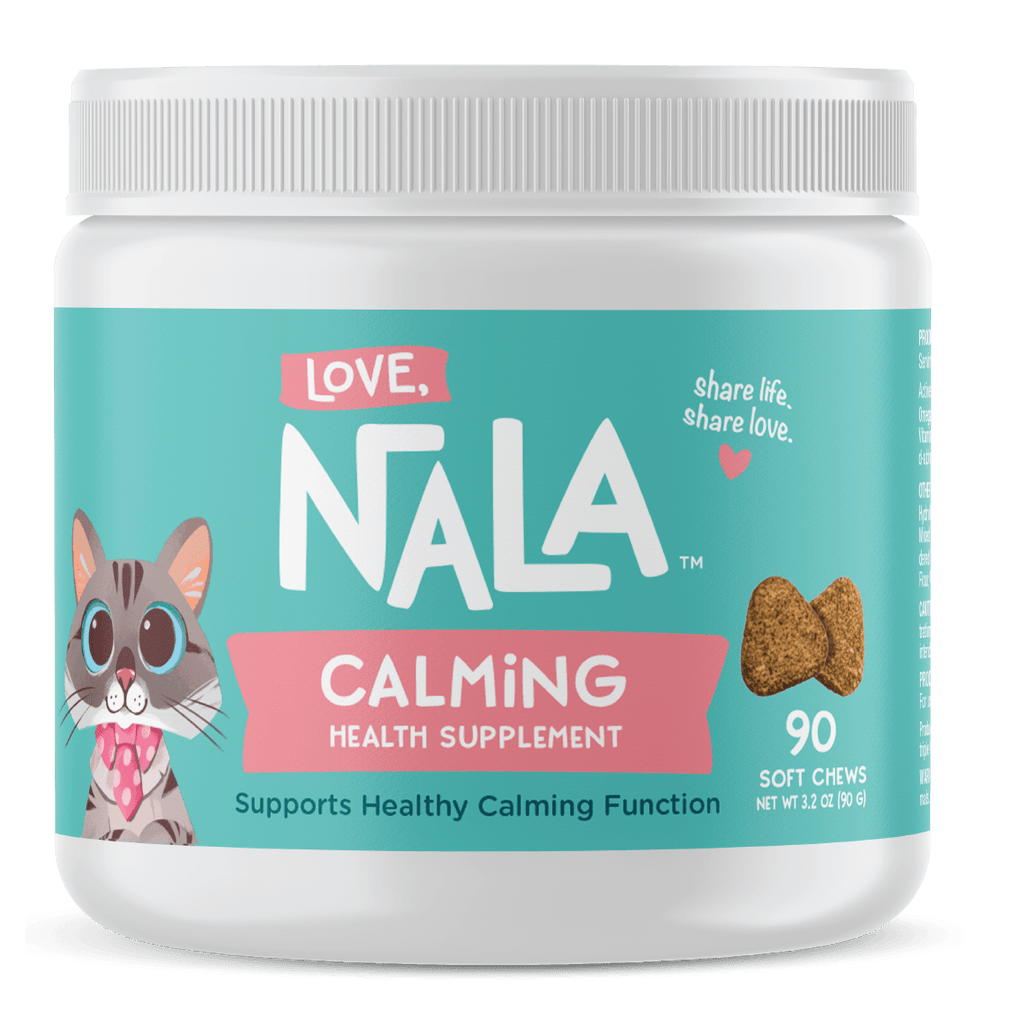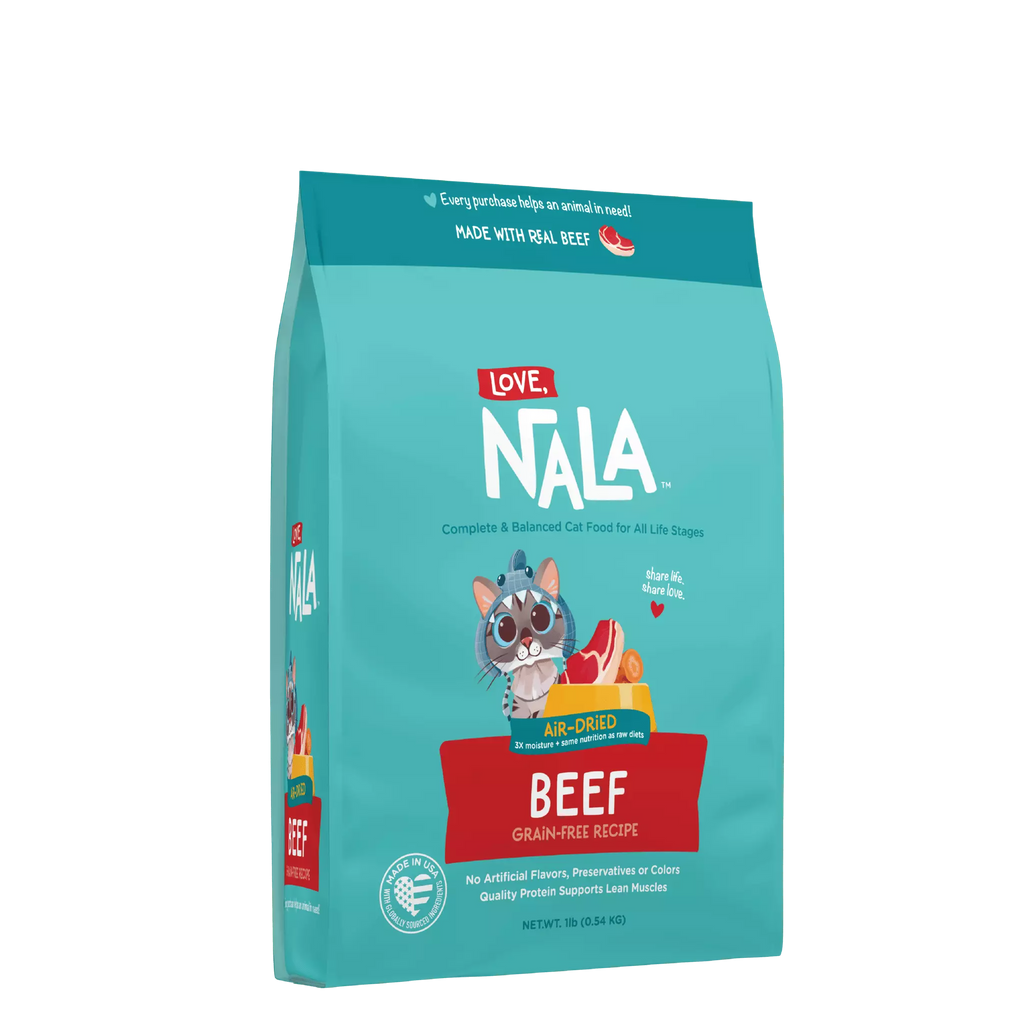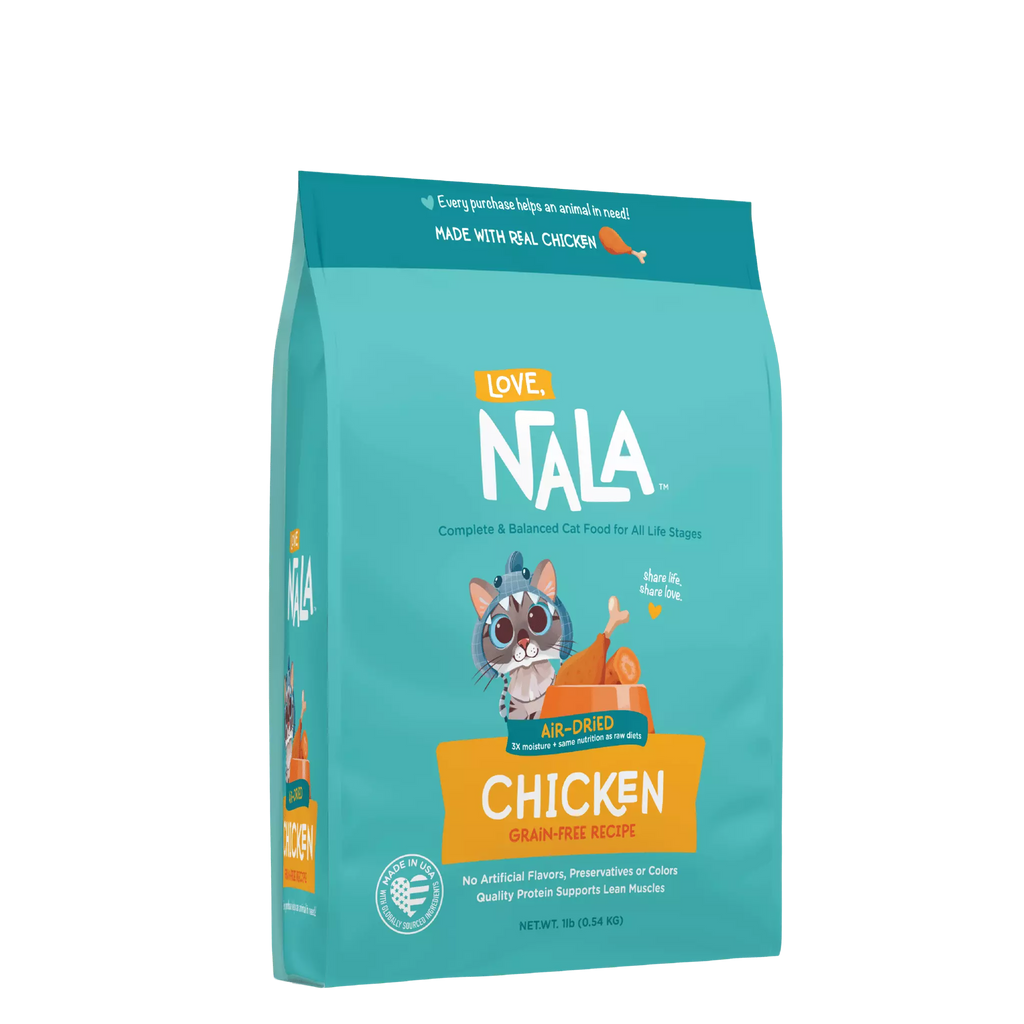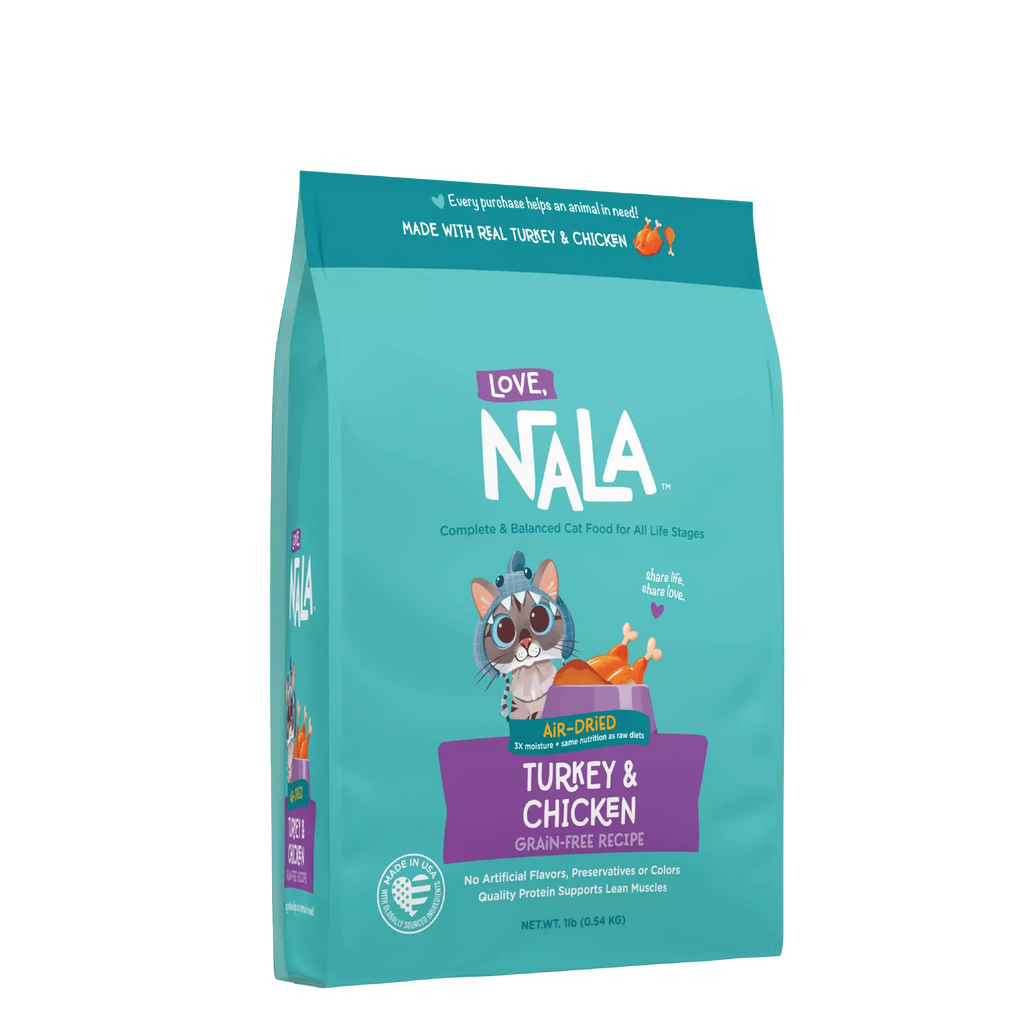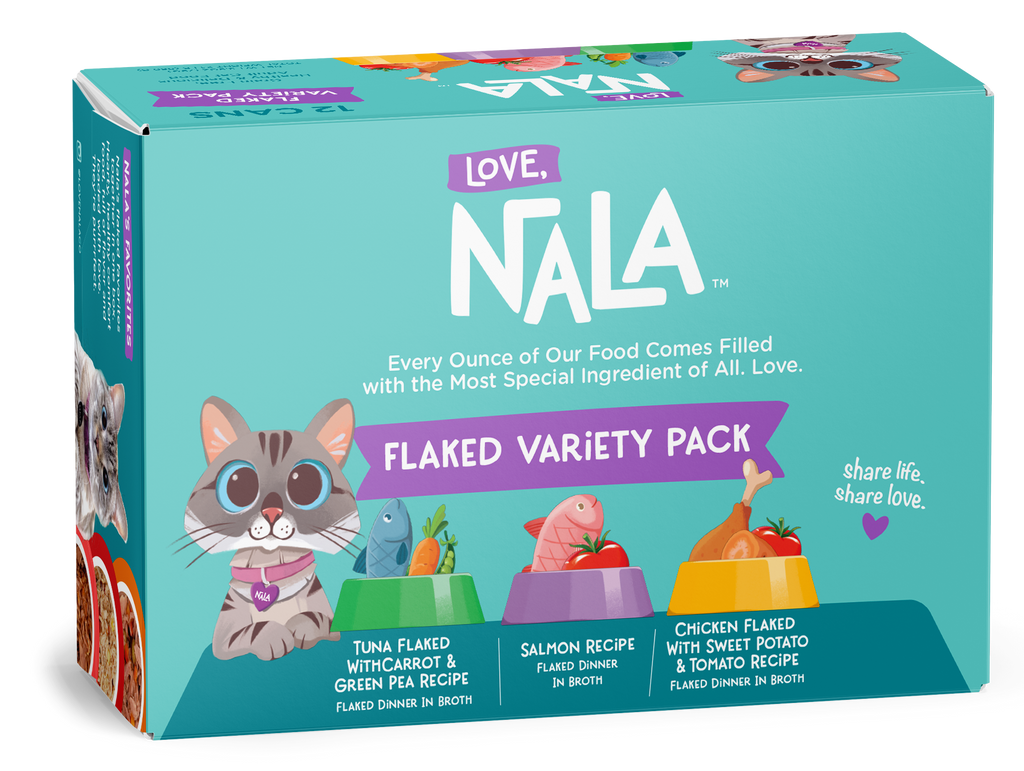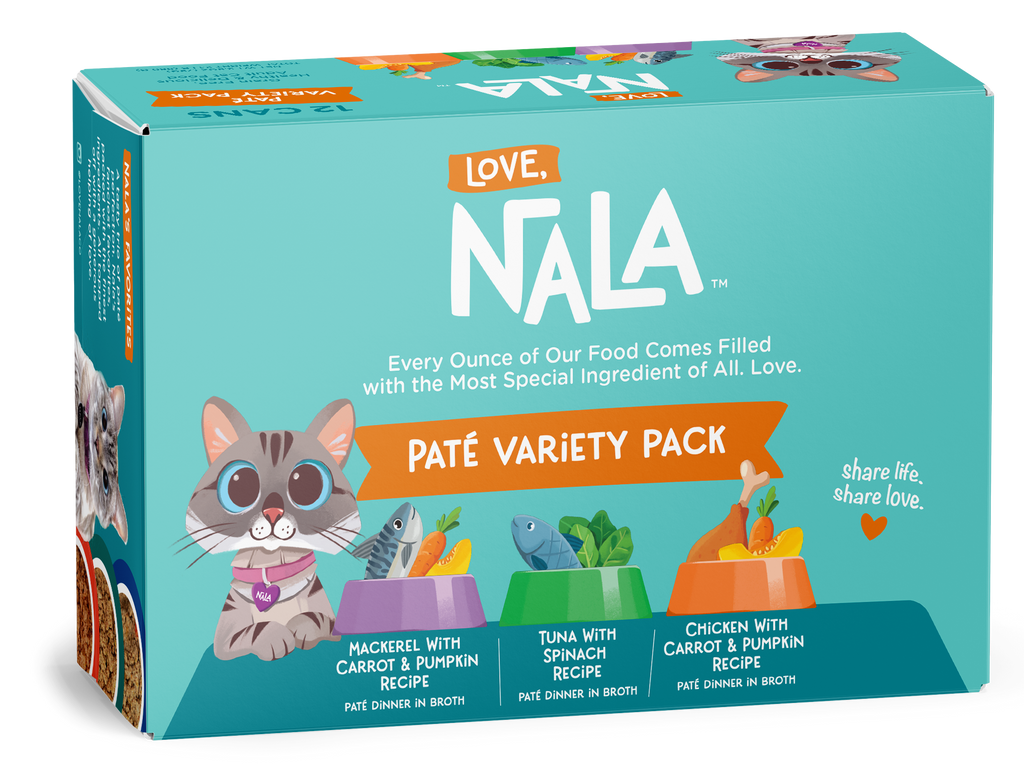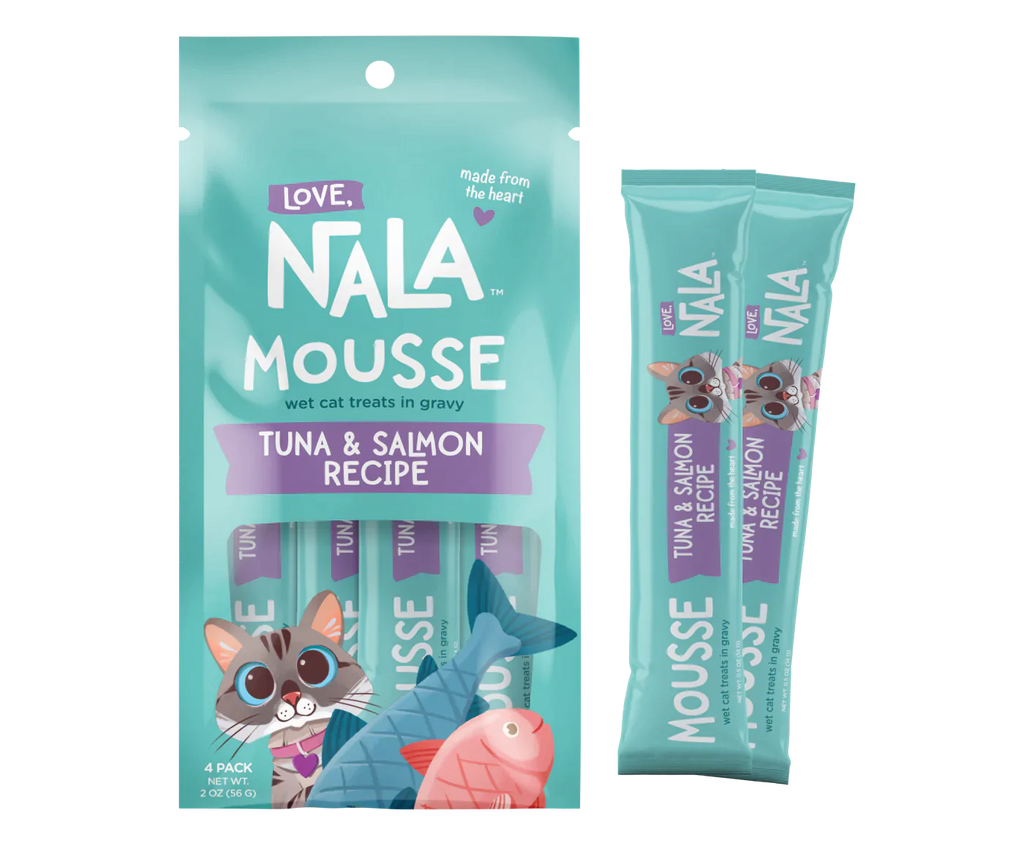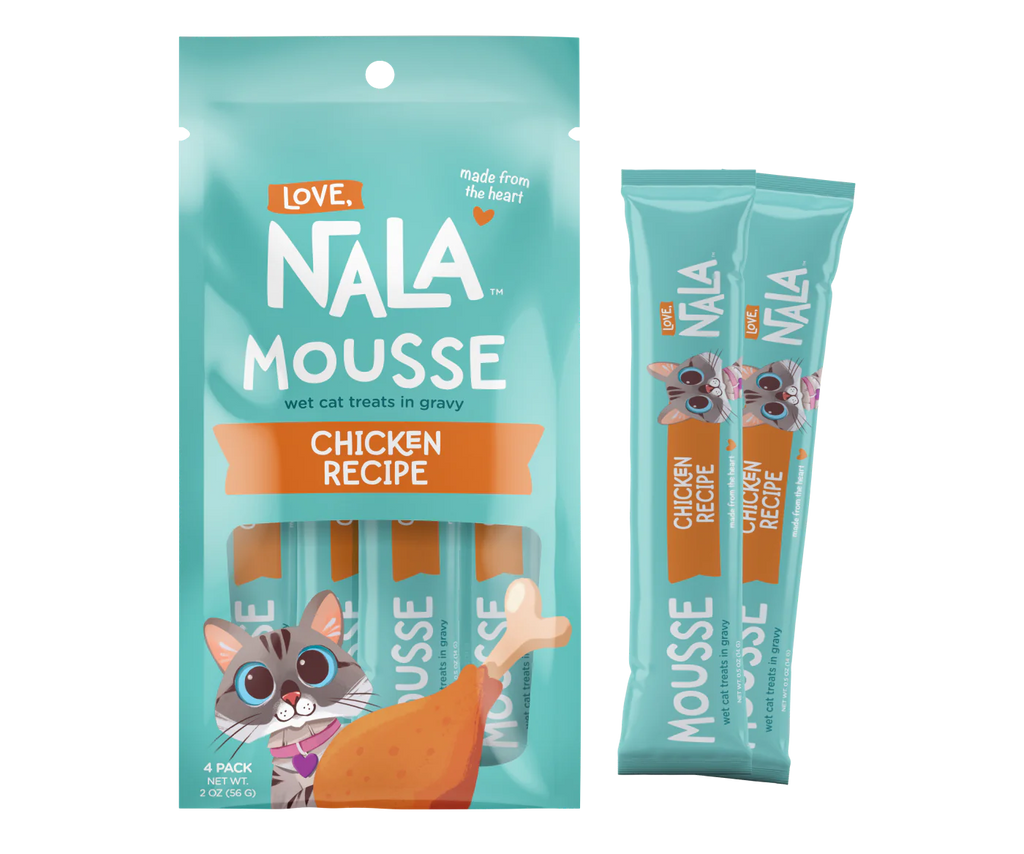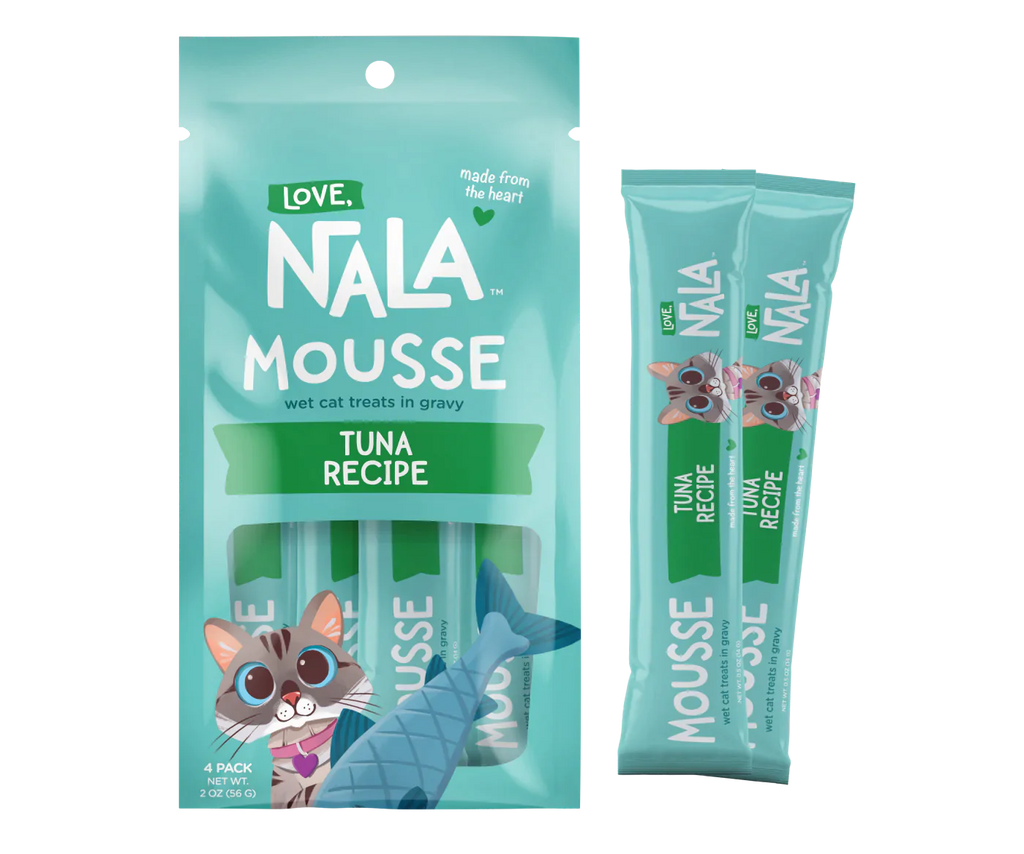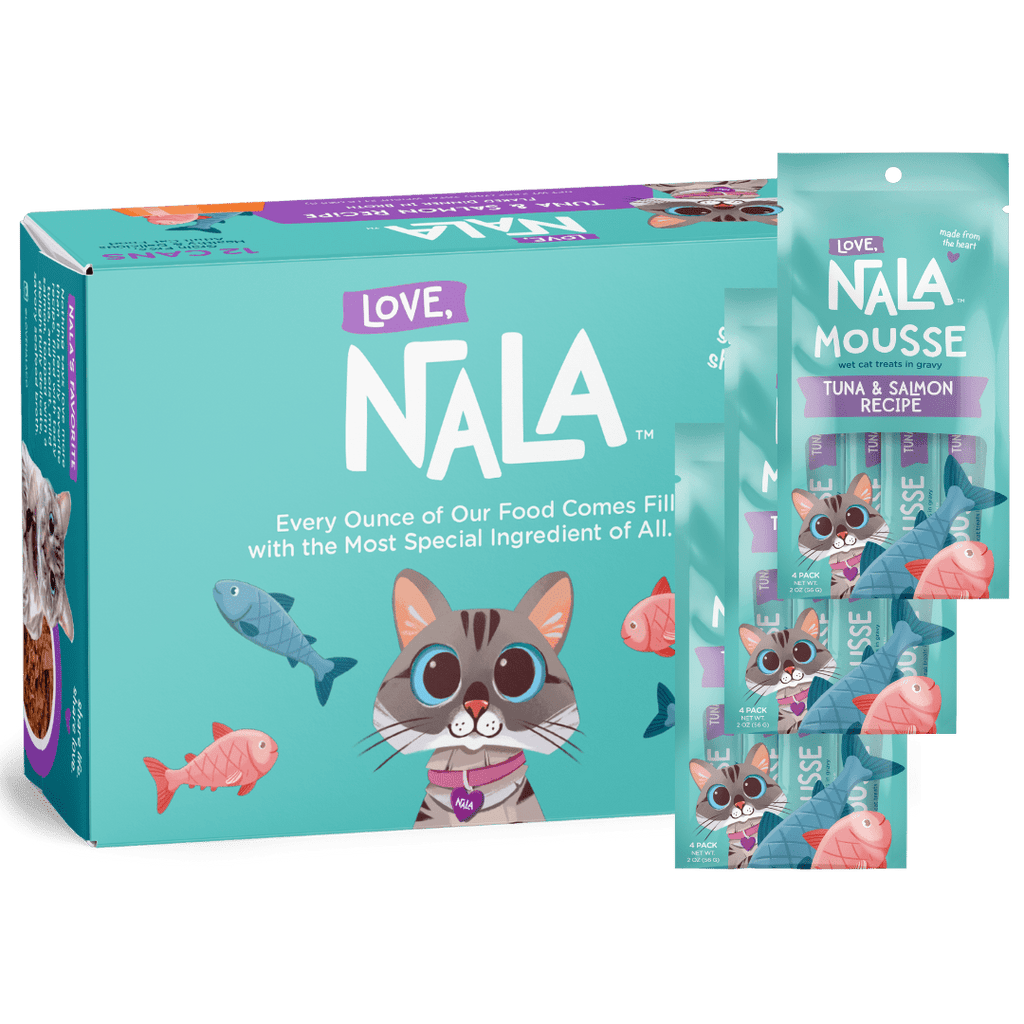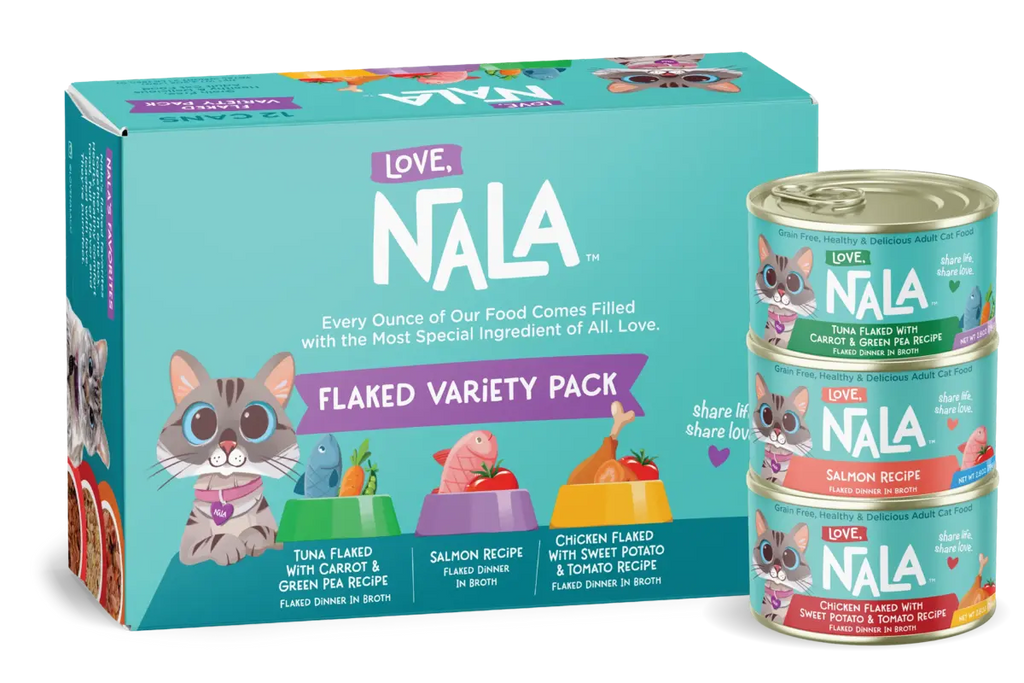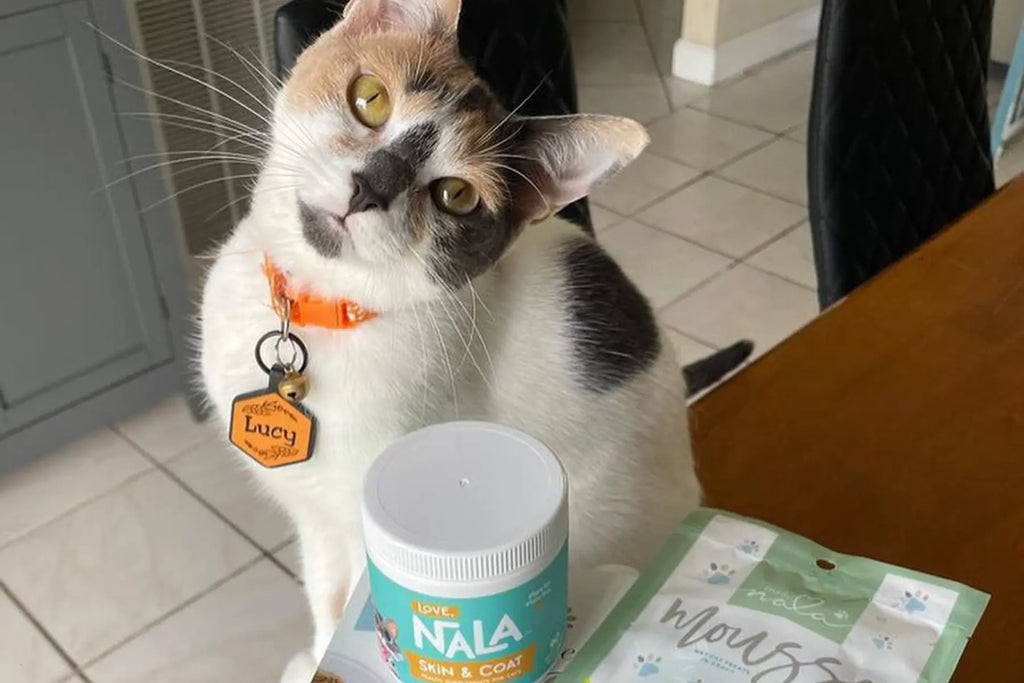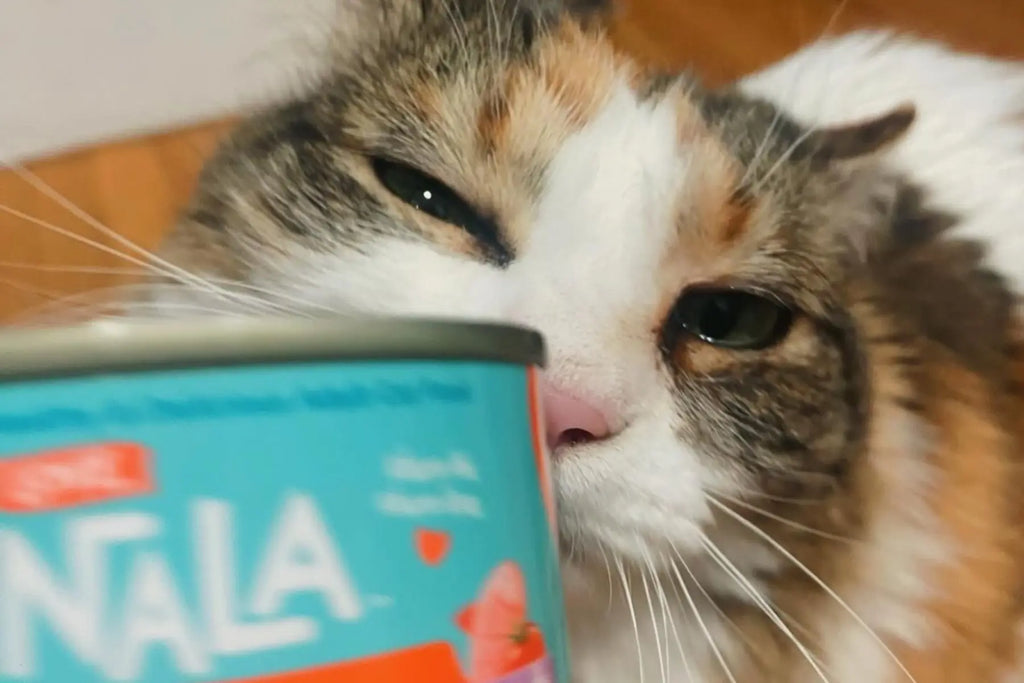An integral part of your feline friend's health revolves around its diet. As cat owners, we are constantly looking for ways to improve our pet's nutritional intake and overall health. This blog post aims to guide you through transitioning your cat to a tuna broth diet. Why tuna broth, you may ask? It's simple. Tuna broth for cats is not just an appetizing choice but also one packed with potential health benefits.

Unveiling the Tuna Broth Diet
The tuna broth diet is a balanced blend of nutrients with the added flavor that felines love. Let's delve deeper into understanding what this diet entails and why it could be a great option for your feline friend.
The What and Why of Tuna Broth Diet
A tuna broth diet primarily consists of tuna fish cat food mixed with a flavorful broth. This broth enhances the appeal of the food, making it an excellent choice for finicky eaters. Moreover, the broth, rich in hydration benefits, aids in maintaining an optimal balance of fluids in your feline's body, which is crucial for their overall health.
The Advantages of Cat Food with Broth
A switch to cat food with broth brings several benefits to your furry friend's diet. Primarily, the moisture content in the broth boosts hydration, helping prevent urinary and kidney problems. Additionally, the texture of food with broth is more appealing for felines, making meal times an enjoyable experience. As a potential weight management aid, this diet can also help your cat maintain a healthy weight by preventing overeating and promoting satiety.
Making the Move: Preparation for the Transition
A change in diet, while beneficial, requires careful planning and preparation to avoid any health-related complications. The move to a tuna broth diet is no different. Here's what you need to consider.
Engaging Your Vet
Your vet plays a crucial role in your pet's diet transition. Regular vet consultations can ensure a well-balanced and healthful diet that includes flaked tuna cat food in broth. Your vet's expertise can guide you in understanding your pet's unique nutritional requirements and how best to incorporate a tuna broth diet.
Catering to Your Cat's Dietary Needs
Every cat is unique, and this extends to their dietary needs as well. Factors such as age, health status, and lifestyle can significantly influence your feline's nutritional requirements. When introducing a tuna broth diet, consider your feline's specific dietary needs to ensure a smooth transition.

Guiding Your Cat's Transition: A Step-by-Step Approach
Switching to a new diet is a gradual process. For cats, this transition needs to be made thoughtfully, taking into consideration their behavior and overall well-being. Let's walk through the steps of this dietary transition.
- Gradual Introduction of Tuna Broth - A sudden dietary change can upset your cat's stomach. It's best to start by mixing a small amount of tuna flakes for cats with their regular food. Gradually, you can increase the quantity of flaked tuna cat food while decreasing the amount of their previous diet. This slow transition can ease your pet into accepting and enjoying the new food.
- Keeping an Eye on Your Cat's Reaction - As you introduce the new food, monitor your pet's reaction closely. This includes noting changes in their appetite, energy levels, and bathroom habits. In case of any adverse reactions, contact your vet immediately.
- Tweaking Portions and Frequency - Once your pet has accepted the new food, you can adjust the portions and feeding frequency as per their needs. A balanced meal plan that combines canned tuna cat food with their favorite dry food can help maintain nutritional balance and promote dietary satisfaction.
Resolving Common Concerns
During the diet transition phase, you may encounter a few hiccups but fret not. With patience and the right approach, these common concerns can be easily addressed. Here's what to look out for and how to handle these issues.
Dealing with Fussy Eaters
Transitioning a picky eater to a new and healthy cat food diet can indeed pose a challenge. If your beloved feline companion seems to resist the new food, there are a few strategies you can employ to entice their taste buds. One option is to warm the tuna broth ever so slightly, a technique that enhances its aroma and may make it more appealing to your finicky feline. By releasing those tempting scents, your pet might be more inclined to give the new food a try.
Another approach is to get a bit creative with their meals. You can mix some tuna flakes, which are known to be one of the best tuna choices for felines, with their favorite treats. Combining the new food with something they already enjoy can pique their interest and make the transition smoother. This way, your cat will gradually become more accustomed to the new diet, ensuring they receive the necessary nutrients from the healthy cat food.
Addressing Digestive Issues
During a dietary transition, it's not uncommon for cats to experience digestive issues. Diarrhea, constipation, or vomiting may occur, signaling that the change is happening too rapidly or that the new food may not be the best fit for your feline friend. In such instances, it is crucial to seek guidance from your veterinarian.
Your vet can offer valuable insights into how to proceed. They may recommend slowing down the transition process, giving your pet's digestive system more time to adjust. Alternatively, they might suggest trying a different brand or formulation of healthy cat food that is better suited to your cat's specific needs and sensitivities. Remember, each feline is unique, and finding the best tuna for cats and the ideal diet may require some trial and error, but with the right guidance, you can ensure your furry companion's health and happiness in the long run.

Maintaining the Momentum: The Long-Term Picture
Successfully transitioning your cat to a tuna broth diet is just the beginning. Ensuring the longevity of this dietary plan is crucial to continuously reap its benefits. Let's explore the long-term maintenance of this diet.
- Routine Vet Visits - Regular vet check-ups remain crucial even after the transition to the tuna broth diet. These visits ensure the new diet is meeting your pet's nutritional needs and maintaining their overall health.
- Balanced Diet: A Key to Optimal Health - While the tuna broth diet is an excellent addition to your pet's meals, it is crucial to maintain a balanced diet. Ensure that your cat's diet includes a variety of proteins, carbohydrates, and fats to meet its nutritional requirements. Remember, even the best cat food needs to be supplemented with other foods for a comprehensive diet.
Taking the Leap: Your Cat's Health in Your Hands
Transitioning your cat to a tuna broth diet could significantly enhance their overall health and well-being. Through gradual changes, diligent observation, and regular consultations with your vet, you can make the transition smooth and beneficial.
This move could make your cat's meal times not only more enjoyable but also healthful, ranking your choice of food among the healthiest cat food options available.
Remember, you, as a cat owner, have an active role to play in your cat's health. And that journey starts with the choices you make for their diet.
